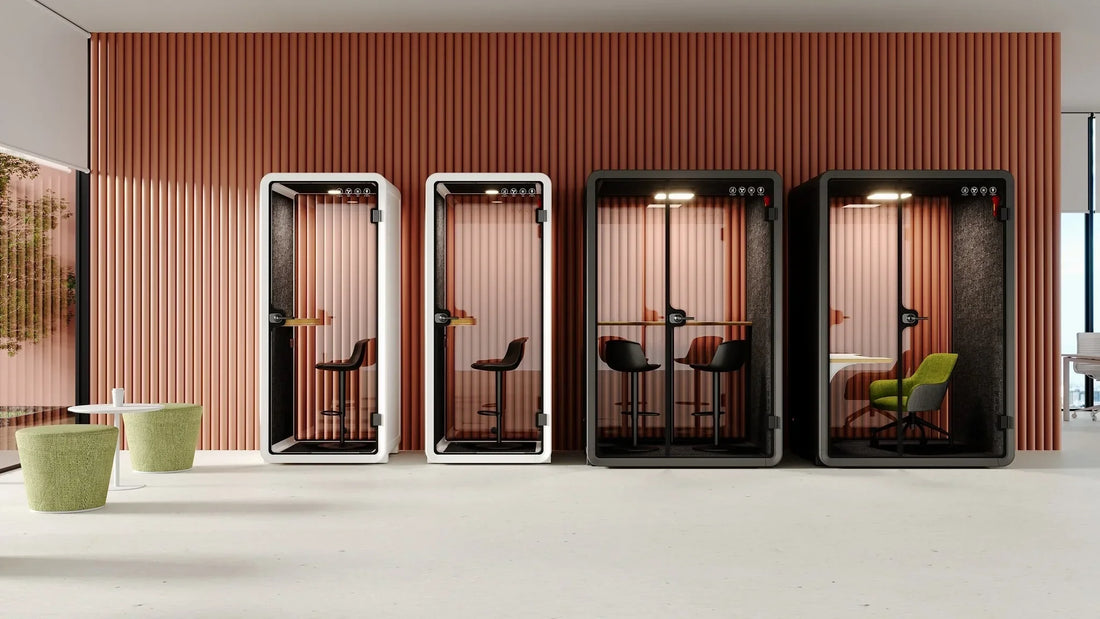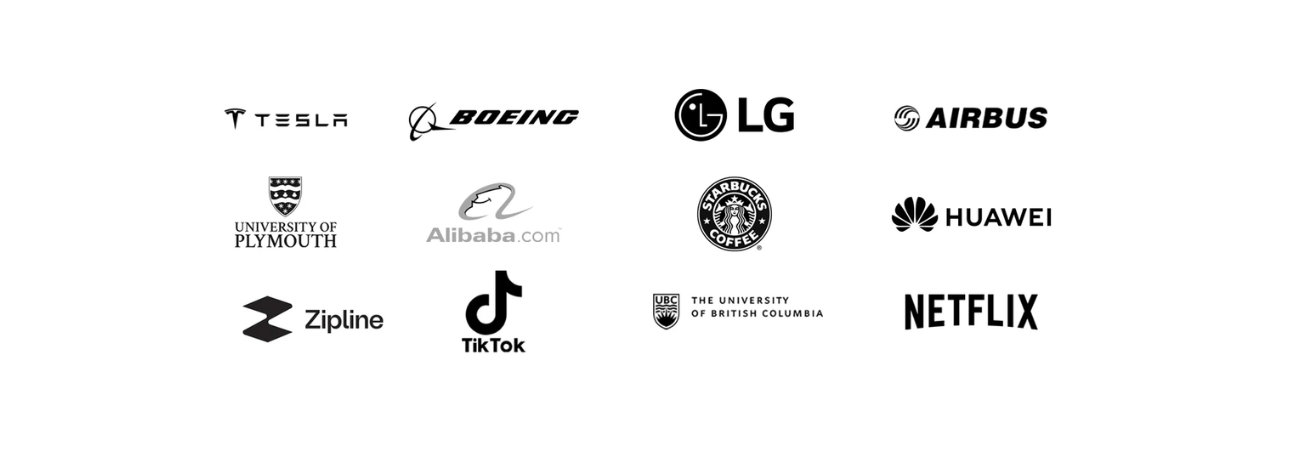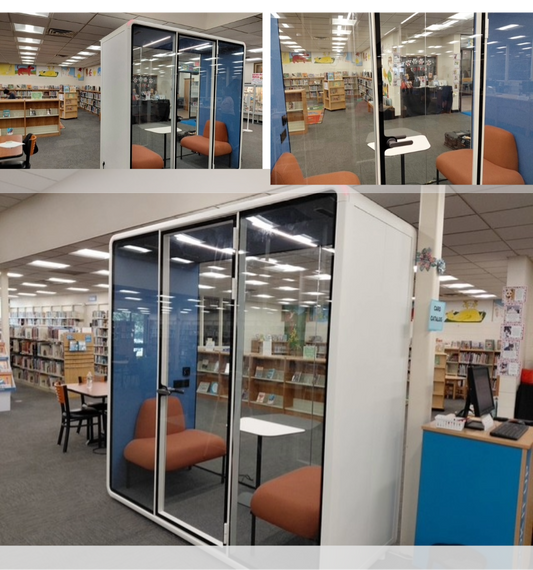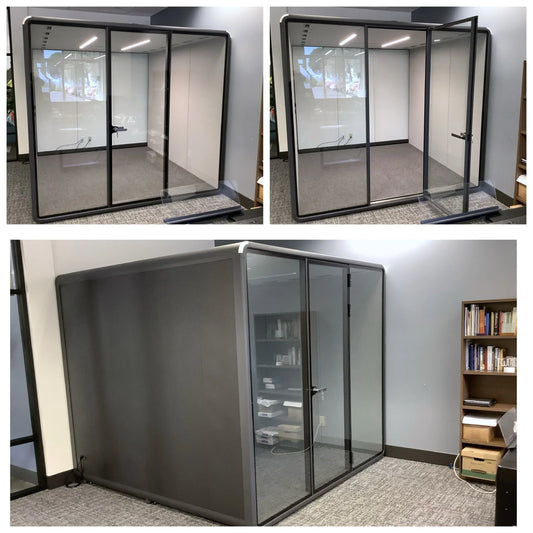
Rethinking Workspaces: The Evolution of Office Space Design
The workplace has undergone profound changes, driven by evolving theories about productivity and the nature of work itself. Here’s a look at how we arrived at today’s dynamic office environments.
The Roots of Modern Office Design
The concept of office design has been influenced by various management and architectural innovations over the past century. Initially, workplaces mirrored military organizations in their hierarchical structure, which shaped the early 20th-century office landscapes.
Taylorism: Efficiency at the Expense of Humanity
In the early 1900s, Frederick Winslow Taylor introduced "Taylorism," a philosophy focused on maximizing efficiency by standardizing tasks. Offices designed under this philosophy featured cramped, separate rooms for intellectual work to minimize disruptions, while mechanical tasks were performed in large, open rooms under strict supervision. This approach prioritized efficiency over employee well-being, with natural light and comfortable spaces considered luxuries.
The Influence of Frank Lloyd Wright
Contrasting sharply with Taylorism, Frank Lloyd Wright pioneered office designs that considered workers' feelings and interpersonal relationships. His design for the Johnson Wax Administration building in the late 1930s introduced the concept of the open office—a spacious, inspiring environment that Wright likened to a religious experience in its ability to uplift the human spirit.
The Office Landscape Revolution
By the 1950s, the rigid structures of large bureaucratic organizations began to give way to more fluid and flexible office designs. This era introduced the "office landscape," a concept that promoted collaboration by grouping teams together in an open floor plan, facilitated by adaptable partitions that could easily be reconfigured.
The Dawn of the Action Office
The innovation continued into the 1960s with Herman Miller’s introduction of the "Action Office," a flexible office space solution featuring adjustable desks and partitions that provided privacy and personalization. This concept was revolutionary, allowing for customized workspaces that could adapt to individual employee needs.
The Rise and Fall of the Cubicle
Despite the initial intention to create flexible work environments, economic pressures led to the rise of the cubicle—a cost-effective solution to pack more employees into smaller spaces. This marked a return to a Taylorism-like focus on efficiency over well-being. By the 1970s, the cubicle farm had become the standard, dominating office landscapes until the late 1990s.
Entering the Digital and Collaborative Age
The advent of the internet and the dot-com boom in the late 1990s brought a new focus on the knowledge economy and the importance of innovation and culture in the workplace. Offices transformed into "cool" spaces with modern amenities aimed at attracting tech-savvy talent. This period saw a resurgence in the open office model, now designed to foster collaboration and enhance the employee experience.
The Shift Towards Activity-Based Working
By the 2010s, offices embraced "Activity-Based Working," a model that supported diverse employee needs through a mix of open and enclosed spaces tailored to specific activities. This approach aimed to provide flexibility while fostering a sense of community and supporting work-life balance.
The Impact of COVID-19: A Paradigm Shift
The COVID-19 pandemic accelerated a reevaluation of office design. With the widespread adoption of remote work, employees discovered new levels of productivity outside the traditional office setting. This has led to a rethinking of the office not just as a place to work, but as a vital component of corporate culture, collaboration, and mentorship.
Embracing Flexibility with Prefab Solutions
In response to the changing needs of the workplace, companies are increasingly turning to flexible design solutions. PrivacyPod, for example, offers a range of office pods and privacy booths that can be easily integrated into existing office layouts to provide soundproof environments for focused work or confidential discussions.
Looking Ahead: The Future of Office Design
The office of the future will likely continue to evolve towards more adaptable, flexible architectures that can change as quickly as the needs of employees do. This approach will not only accommodate the varying preferences of a diverse workforce but also respond dynamically to ongoing technological and social shifts.
FAQ Section
What is Taylorism and how did it influence early office design?
Taylorism, named after Frederick Winslow Taylor, emphasized maximizing workplace efficiency by standardizing tasks. This approach led to the design of offices with cramped, separate rooms for intellectual work and large, open spaces for mechanical tasks, focusing on efficiency at the expense of worker comfort and well-being.
How did office design evolve from Taylorism to the modern open office?
The transition from Taylorism began with innovations like Frank Lloyd Wright's open office concept, which prioritized space and comfort to enhance productivity. This evolved through the mid-20th century with the introduction of more flexible, collaborative spaces, culminating in the modern open office and activity-based work designs that support a variety of work styles.
What impact did the COVID-19 pandemic have on office design?
The pandemic highlighted the limitations of traditional office designs and accelerated the shift towards more flexible, hybrid work environments. It led to an increased focus on office designs that support both in-person collaboration and remote work capabilities, integrating technology and flexible design elements to accommodate changing work patterns.
How are companies like PrivacyPod addressing modern office needs?
PrivacyPod offers innovative solutions like home pods, one-person pods, and larger privacy booths that provide privacy and noise reduction, catering to the needs for focus and confidentiality in modern, flexible office environments. These modular solutions are particularly useful in adapting office spaces to the diverse needs of today’s workforce.
As we look to the future, the office will continue to serve as a crucial space for corporate culture and collaboration, but its design will need to be as dynamic and adaptable as the workforce it supports.




